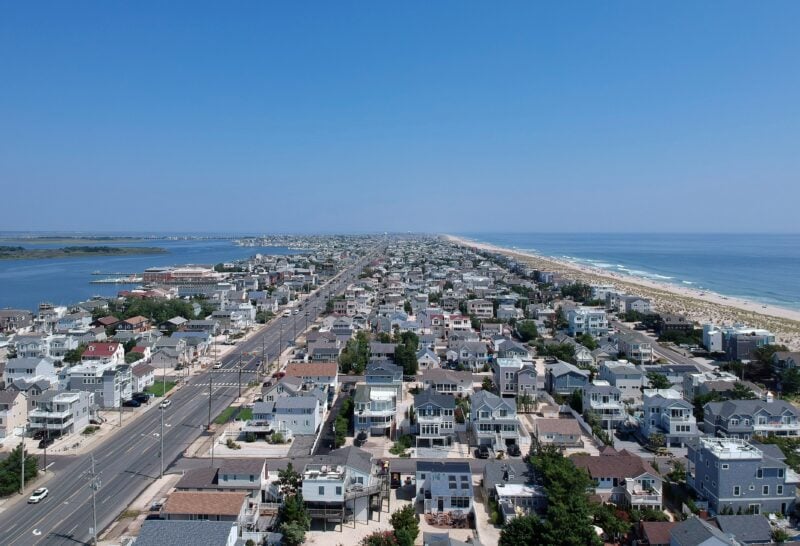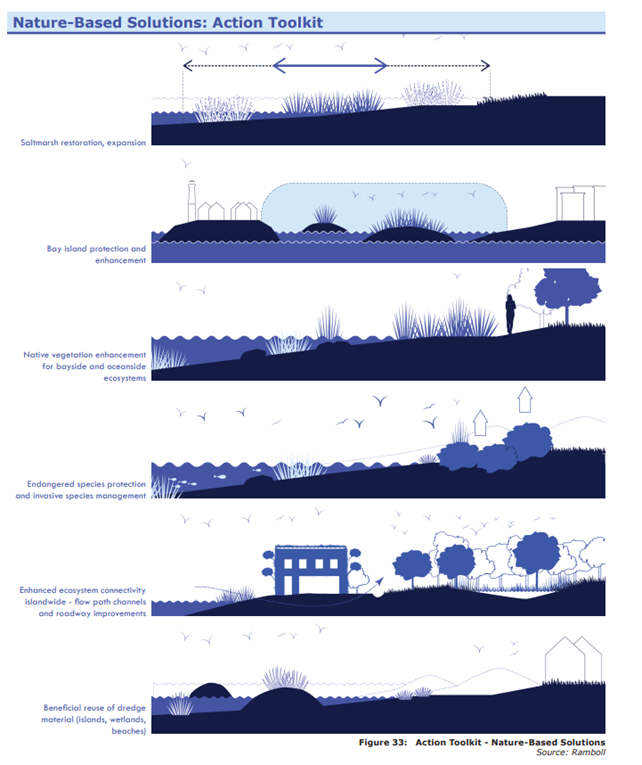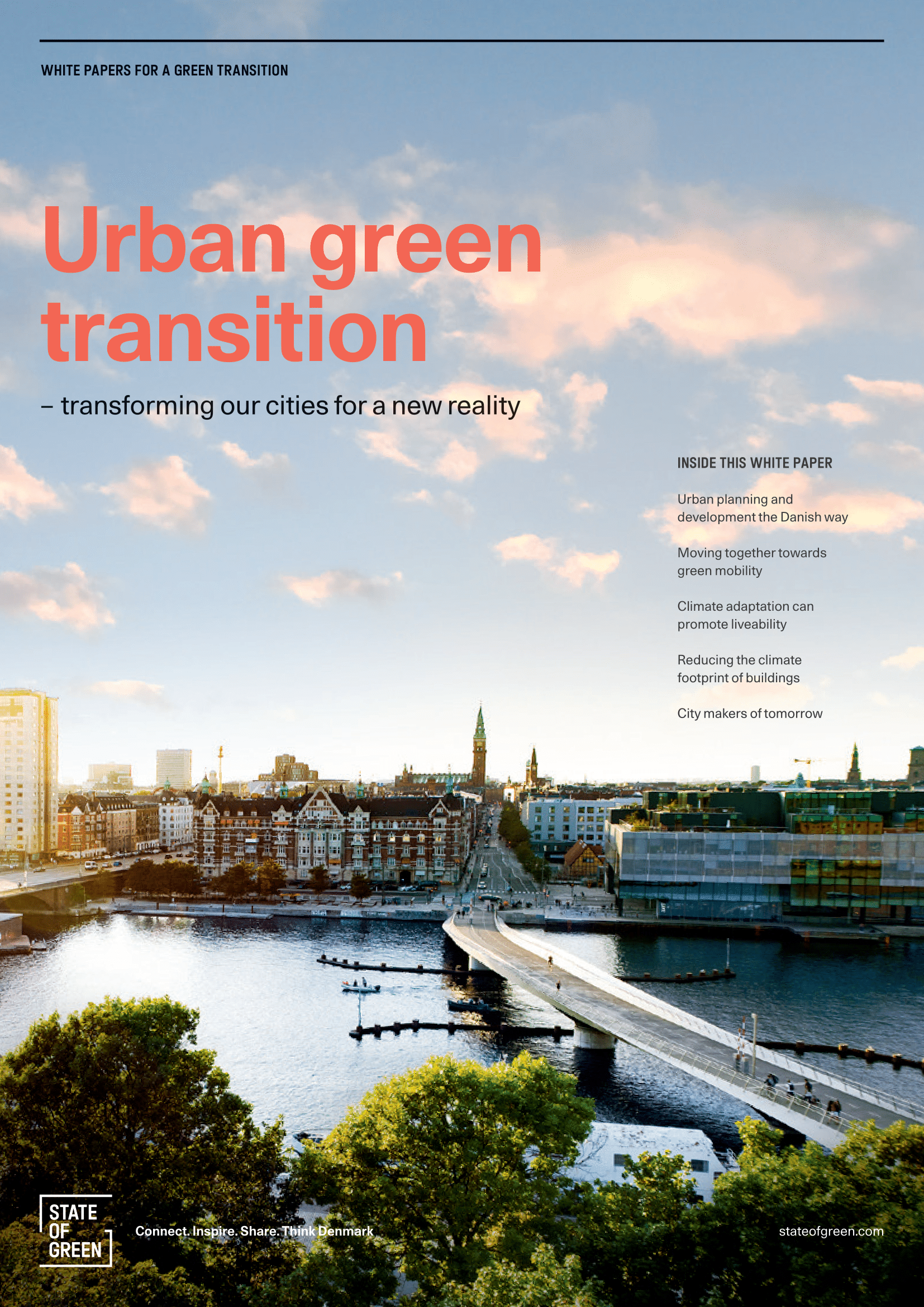Solution provider

Ramboll is a leading international architecture, engineering, and consultancy company, owned by the Ramboll Foundation.
Case
Climate change adaptation
Biodiversity
Nature based solutions
+1


Ramboll is a leading international architecture, engineering, and consultancy company, owned by the Ramboll Foundation.
Add the case to your visit request and let us know that you are interested in visiting Denmark
The Resilient Long Beach Island (LBI) project addresses the challenges of climate change and its potential impact on vulnerable coastal communities, specifically the municipalities of Long Beach Island in New Jersey. The LBI project aims to address these challenges by creating a shared vision for a resilient barrier island, preparing a detailed action plan for moving forward as a region, and implementing designed projects and regulatory changes that will address current and future climate impacts.
The challenges are:
The project aims to identify necessary actions to increase resilience and adapt to the future climate. The actions have been divided into three categories: Federal and State Actions, Regional Actions, and Municipal Actions.
Federal and State Actions involve regulatory changes that need to be enacted by the federal and state entities to support local initiatives, including nature-based solutions, stormwater management, engineered shoreline structures, and improved mobility and emergency management project recommendations. The plan recommends sediment management plans to manage sediment resources from dredging projects to preserve wetlands, elevate roads and infrastructure above flood hazard zones, and reduce the cost of transporting and disposing of sediment. Additionally, support for future transformation and migration is needed to enable the possibility of moving from areas that will not be able to protect in the future.
Regional Actions are divided into Foundational Actions, Nature-Based Solutions, Innovative Stormwater Management, Engineered Shoreline Structures, and Improved Mobility & Emergency Management Actions. These actions are recommended across all of LBI to be more effective.
Municipal Actions emphasize the importance of modifying local land use and flood protection regulations to address flood risk. While it’s appropriate for local laws to vary, they should be compatible across municipal boundaries. The municipalities play a crucial role in achieving full climate resilience, and while it’s important to work together on a regional level, each municipality is unique with its own identities and interests.
Action Toolkit by Ramboll.

The solutions consist of a series of implementation tools to assist LBI municipalities in carrying out the recommended actions. The implementation tools provide resources for the municipalities to implement in the near term related to local regulatory change, design of stormwater management, and communication resources. The tools include design guidance, concept plans, regulatory change templates, outreach and communication toolkit and a transformation preparedness guide.
By increasing the use of nature-based solutions, it is expected to create healthier and more sustainable coastal communities along LBI. These solutions are also expected to enhance the economic value of the coastal zone through increased tourism opportunities. Visitors are attracted to the beauty and diversity of natural coastal systems, providing economic benefits for local communities.
Ramboll, Kleinfelder, Zetlin Communications, DLand Design Studios, Pennoni Planning, and Rowbear Consulting.

This case is a part of the white paper “Urban green transition”:
A 40-page showcase of why holistic and strategic city planning and development within mobility and infrastructure, climate adaptation, as well as environmentally conscious architecture and construction, must take centre stage in the transformed cities of tomorrow.
Explore the white paper